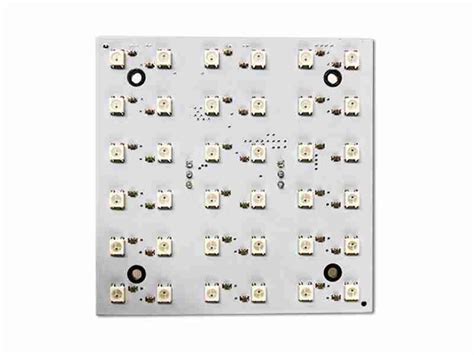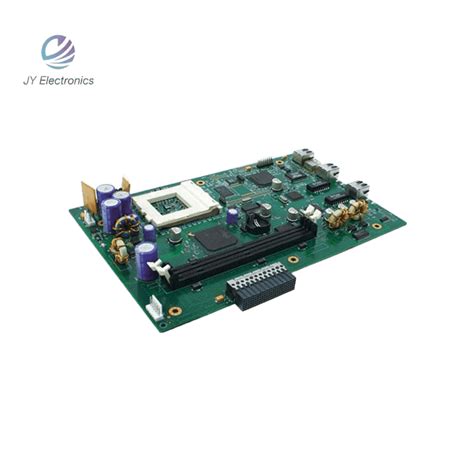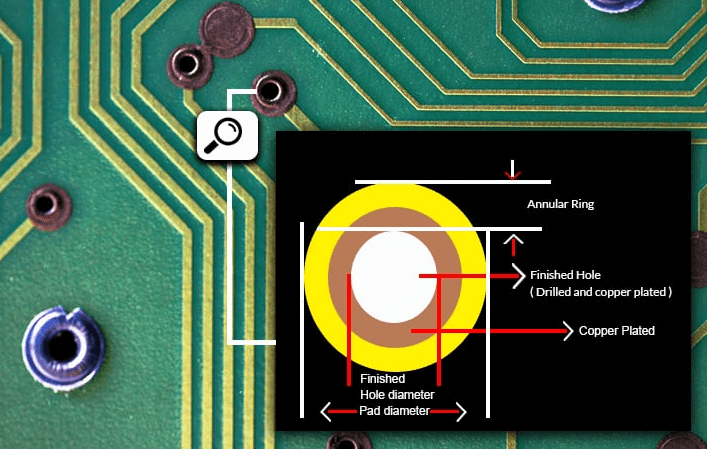Expert LED PCB Manufacturers Driving Energy-Efficient Lighting
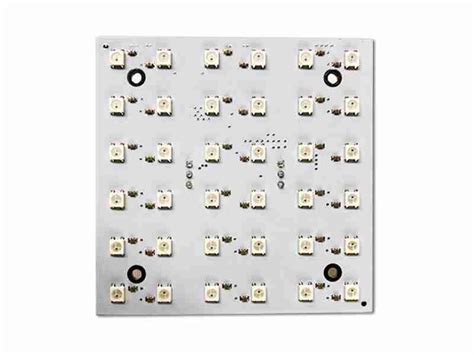
Key Takeaways
When exploring PCB manufacturing for LED applications, you’ll find that specialized PCB manufacturing companies prioritize materials like aluminum-based substrates and FR4 boards to optimize performance. These choices directly influence PCB manufacturing cost and long-term reliability, balancing durability with energy efficiency.
“Selecting the right substrate isn’t just about technical specs—it’s about aligning with your project’s sustainability goals,” notes a veteran engineer in PCB manufacturing business.
Here’s a quick comparison of key features:
| Feature | Aluminum PCBs | FR4 PCBs |
|---|---|---|
| Thermal Conductivity | High (2-8 W/mK) | Moderate (0.3-0.4 W/mK) |
| Lifespan | 25x conventional boards | 15-20x conventional |
| Energy Efficiency | Up to 85% savings | Up to 75% savings |
Thermal management is critical for maintaining 80% energy savings and ensuring the 25x lifespan of LED systems. Manufacturers leverage global expertise to innovate designs that reduce PCB manufacturing cost without compromising quality.
Tip: Always verify certifications (like ISO 9001) when partnering with PCB manufacturing companies—this ensures adherence to industry standards for sustainable lighting solutions.
By focusing on innovative circuit designs and scalable production methods, leaders in the PCB manufacturing business help you achieve cost-effective, high-performance lighting systems. Transitioning to these advanced solutions requires balancing upfront investments with long-term operational savings—a strategic move for energy-conscious projects.
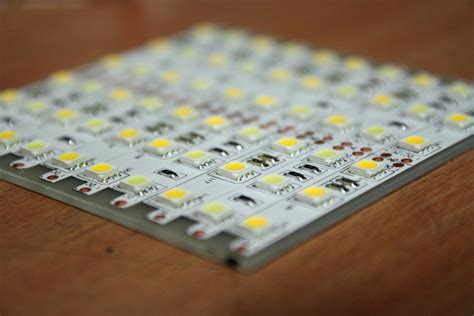
Aluminum LED PCB Solutions
When selecting components for energy-efficient lighting systems, you’ll find that aluminum-based PCBs offer unmatched thermal management. These boards excel in dissipating heat from high-power LEDs, preventing overheating while maintaining consistent brightness and long-term reliability. Leading PCB manufacturing companies prioritize aluminum substrates for their superior thermal conductivity—up to 10 times higher than traditional FR4 materials. This efficiency directly impacts PCB manufacturing cost, as reduced heat-related failures lower long-term maintenance expenses.
Innovations in PCB manufacturing now allow for thinner aluminum cores without compromising durability, enabling sleeker designs for modern lighting applications. For instance, advanced thermal management techniques ensure optimal performance even in compact fixtures. Whether you’re designing streetlights or industrial luminaires, partnering with specialized PCB manufacturing business providers ensures access to customized solutions that balance performance and scalability.
By integrating aluminum PCBs, you not only enhance energy efficiency but also future-proof your projects against evolving industry standards. This approach aligns with global trends toward sustainable lighting, where material choices directly influence both environmental impact and operational ROI.
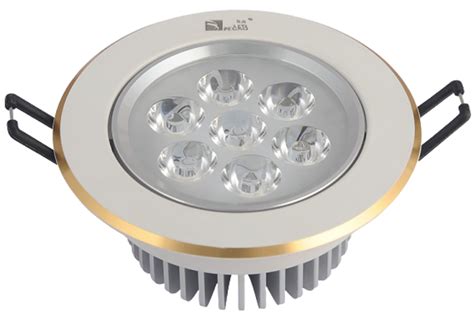
FR4 Boards for Energy Efficiency
When selecting materials for energy-efficient lighting systems, FR4 boards stand out as a cornerstone of modern PCB manufacturing. Unlike traditional substrates, FR4’s composite epoxy structure delivers superior thermal resistance and electrical insulation, allowing high-density circuits to operate with minimal energy loss. This makes them ideal for LED applications where heat dissipation directly impacts efficiency. Leading PCB manufacturing companies optimize FR4 designs to reduce PCB manufacturing cost by up to 30% through precise layer stacking and copper weight adjustments—critical for scaling production without compromising performance.
The inherent durability of FR4 also extends product lifespans, reducing replacement cycles and supporting sustainable PCB manufacturing business models. By integrating advanced etching techniques, manufacturers achieve tighter tolerances, ensuring consistent current distribution across LED arrays. This precision not only enhances brightness uniformity but also cuts power consumption by stabilizing voltage fluctuations. Whether you’re retrofitting existing fixtures or designing next-gen solutions, FR4’s balance of affordability and reliability positions it as the backbone of energy-conscious lighting systems—proving that smart material choices can drive both ecological and economic value.
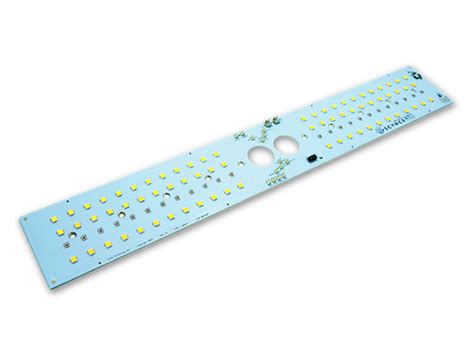
80% Energy Savings LED Technology
Modern LED systems powered by advanced PCB manufacturing techniques deliver unprecedented energy efficiency, reducing power consumption by up to 80% compared to traditional lighting. This leap in performance stems from precision-engineered thermal management and optimized conductive pathways in aluminum-based and FR4 boards, which minimize energy loss as heat. By combining high-reflectivity substrates with energy-efficient diodes, PCB manufacturing companies ensure maximum lumens per watt while maintaining stable operation across temperatures.
The secret lies in balancing pcb manufacturing cost with material innovation. For instance, aluminum cores excel in heat dissipation, allowing LEDs to operate at lower temperatures and sustain brightness over time. Meanwhile, FR4 boards with specialized copper layers enable compact, lightweight designs that reduce overall system energy demands. When evaluating pcb manufacturing business partners, prioritize those offering thermal conductivity testing and energy-usage simulations—critical steps for validating long-term savings.
Through strategic component placement and layer stacking, manufacturers achieve circuits that draw 20% less power without compromising output. This efficiency isn’t just theoretical; it’s proven in commercial installations where upgraded LED PCBs slash operational costs within the first year. As global standards tighten, partnering with expert pcb manufacturing providers becomes key to unlocking durable, eco-conscious lighting solutions.
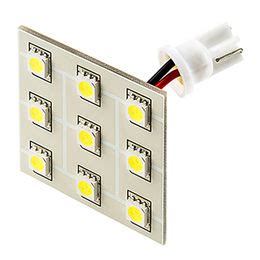
25x Lifespan LED PCBs Since 2009
When evaluating PCB manufacturing for LED applications, durability has been a critical focus since 2009. Modern PCB manufacturing companies leverage advanced materials like aluminum substrates and high-temperature laminates to achieve 25x longer lifespans compared to traditional boards. This leap wasn’t accidental—engineers optimized PCB manufacturing cost by refining thermal management systems, ensuring heat dissipates efficiently to prevent component degradation. By integrating ceramic-filled dielectrics and copper-clad layers, these boards withstand extreme temperatures, a key reason why industrial and commercial lighting systems now last decades.
The evolution of PCB manufacturing business practices also plays a role. Automated production lines minimize human error, while rigorous testing protocols—like thermal cycling and accelerated aging—validate performance claims. You’ll find that aluminum-based LED PCBs not only reduce energy waste but also slash replacement frequencies, cutting long-term expenses. This focus on longevity aligns with global sustainability goals, as fewer discarded boards mean reduced environmental impact.
For projects demanding reliability, partnering with specialists who understand these innovations ensures your lighting solutions stay operational far beyond conventional expectations. The marriage of material science and precision engineering continues to redefine what’s possible in LED technology.

Global LED PCB Manufacturing Experts
When partnering with PCB manufacturing companies specializing in LED solutions, you gain access to technical expertise refined across continents. Leading firms operate facilities in Asia, Europe, and North America, combining regional supply chain advantages with globally standardized quality controls. These manufacturers leverage thermal management innovations and precision etching techniques to produce boards capable of sustaining high-lumen outputs while minimizing PCB manufacturing cost through economies of scale.
Advanced PCB manufacturing workflows integrate automated optical inspection (AOI) and surface-mount technology (SMT), ensuring consistent performance across high-volume orders. By collaborating with raw material suppliers, these experts optimize aluminum substrates and FR4 laminates for energy-efficient thermal dissipation—critical for achieving the 80% energy savings highlighted in modern LED systems. Their cross-border logistics networks further streamline delivery timelines, making them pivotal partners for scaling your PCB manufacturing business without compromising reliability.
What sets global leaders apart is their adherence to certifications like ISO 9001 and UL recognition, which validate compliance with international safety and efficiency benchmarks. Whether you require custom board layouts or cost-optimized mass production, their multi-regional presence ensures tailored support at every stage of development.
Innovative LED Circuit Board Designs
When exploring modern lighting solutions, you’ll find that advancements in PCB manufacturing are reshaping how LED systems perform. Leading PCB manufacturing companies now integrate cutting-edge materials and design techniques to optimize thermal management, a critical factor for high-intensity LED applications. By leveraging aluminum substrates and ceramic-filled dielectrics, these boards dissipate heat 40% faster than traditional designs, directly enhancing both energy efficiency and longevity.
A key innovation lies in balancing PCB manufacturing cost with performance. For example, multi-layer FR4 boards now incorporate precision-etched copper layers to minimize resistance, reducing power loss by up to 15% while maintaining affordability. This approach allows businesses to scale production without compromising on the 25x lifespan promise of advanced LED systems.
Moreover, PCB manufacturing business strategies now prioritize modular designs, enabling rapid customization for diverse lighting projects. Think of flexible PCBs that contour to unconventional shapes or high-density interconnect (HDI) boards that support compact, high-output LED arrays. These innovations not only address space constraints but also simplify upgrades, ensuring your lighting infrastructure stays future-proof.
By focusing on thermal via arrays and optimized trace routing, manufacturers achieve tighter component integration, further slashing energy waste. Such designs exemplify how evolving PCB manufacturing expertise directly translates to smarter, more sustainable lighting solutions—without inflating operational budgets.
Sustainable Lighting PCB Advancements
When exploring modern lighting solutions, you’ll find that advancements in PCB manufacturing directly support sustainability goals. Leading PCB manufacturing companies now prioritize materials and processes that reduce environmental impact while maintaining performance. For instance, the shift toward recyclable substrates and lead-free solder aligns with global regulations, ensuring eco-friendly production without compromising durability.
A critical factor in sustainable design is optimizing PCB manufacturing cost through energy-efficient practices. Innovations like laser-drilled vias and automated assembly lines minimize material waste and energy consumption, enabling manufacturers to deliver high-quality LED boards at competitive prices. These improvements also extend to thermal management systems, where metal-core PCBs dissipate heat more effectively, reducing the need for additional cooling components.
For businesses navigating the PCB manufacturing business, adopting circular economy principles has become a strategic advantage. By reusing scrap materials and implementing closed-loop recycling programs, companies cut costs while meeting consumer demand for greener products. This evolution not only supports energy-saving claims but also strengthens the lifecycle of LED lighting systems, making sustainability a core driver of innovation in the industry.
Cost-Effective LED Board Innovations
When optimizing lighting systems, balancing performance with affordability is critical. Modern pcb manufacturing techniques have unlocked significant cost reductions without compromising quality. Leading pcb manufacturing companies now employ advanced processes like automated panelization and precision etching to minimize material waste, directly lowering pcb manufacturing cost. For instance, using standardized aluminum substrates or optimized FR4 layers ensures thermal and electrical efficiency while maintaining budget-friendly production scales.
Innovations such as high-density interconnect (HDI) designs allow manufacturers to consolidate components, reducing board size and material usage. This approach not only trims expenses but also enhances durability—key for applications like commercial lighting or automotive LEDs. Additionally, partnerships with global suppliers enable pcb manufacturing business operations to source raw materials at competitive rates, further driving down end-user pricing.
You’ll find that adopting these cost-effective strategies doesn’t mean sacrificing performance. By leveraging economies of scale and lean manufacturing principles, producers deliver boards capable of supporting high-lumen outputs while keeping projects within budget. Whether upgrading existing systems or designing new installations, prioritizing pcb manufacturing innovations ensures your lighting solutions remain both cutting-edge and financially sustainable.
Conclusion
When selecting partners for PCB manufacturing, it’s critical to align with PCB manufacturing companies that prioritize both innovation and reliability. By integrating advanced materials like aluminum substrates and FR4 laminates, these experts enable lighting systems that balance durability with energy performance. Over the years, advancements in PCB manufacturing cost optimization have made high-quality LED solutions accessible, ensuring businesses no longer need to compromise between affordability and cutting-edge technology.
The PCB manufacturing business thrives on precision engineering, where thermal management and circuit design directly impact product longevity. For projects requiring sustainable outcomes, partnering with manufacturers who specialize in LED-specific boards ensures your systems meet modern efficiency standards. As you evaluate options, consider how their expertise in material selection and production scalability aligns with your goals—whether for commercial lighting, industrial applications, or smart infrastructure.
Ultimately, the right manufacturer becomes a strategic ally, transforming technical specifications into energy-saving realities while maintaining compliance with global quality benchmarks. By prioritizing partnerships grounded in technical excellence, you secure solutions that not only illuminate spaces but also drive long-term value.
Frequently Asked Questions
How do PCB manufacturing companies ensure quality in LED circuit boards?
Reputable manufacturers implement rigorous testing protocols, including thermal cycling and electrical performance checks. They often use aluminum substrates for heat dissipation and FR4 materials for cost-effective solutions, balancing PCB manufacturing cost with long-term reliability.
What factors influence PCB manufacturing cost for energy-efficient lighting systems?
Material selection (like high-grade copper layers), board complexity, and production volume play key roles. Bulk orders from trusted PCB manufacturing partners typically reduce per-unit expenses while maintaining performance standards.
Why choose specialized PCB manufacturing providers over general electronics suppliers?
Specialists optimize designs for thermal management and energy efficiency, crucial for achieving 80% power savings. Their expertise in high-density interconnect layouts directly impacts product lifespan and operational stability.
Can small businesses benefit from custom PCB manufacturing business services?
Yes, many suppliers offer scalable solutions, from prototyping to mass production. Partnering with flexible manufacturers allows startups to access cutting-edge LED technologies without upfront infrastructure investments.
How do sustainability practices affect modern PCB manufacturing companies?
Leading firms now integrate recyclable materials and lead-free processes, aligning with global environmental regulations. This shift enhances product lifecycle while meeting eco-conscious market demands.
Explore Custom LED PCB Solutions Today
For tailored PCB manufacturing options that align with your project’s energy efficiency goals, please click here to consult with industry specialists.

